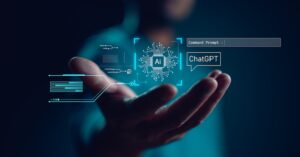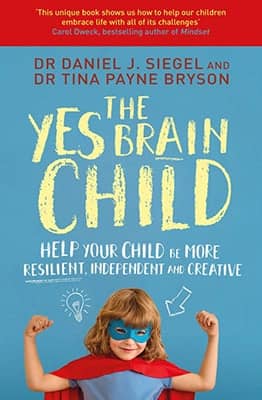Charge Around Australia
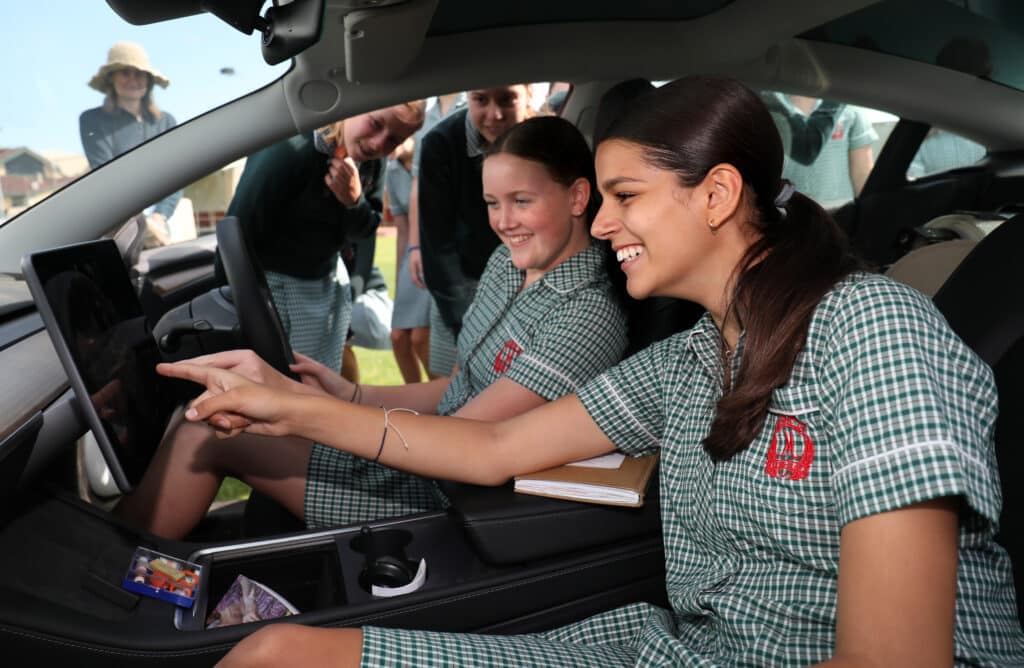
Here at Santa Maria, we place a heavy emphasis on innovation, providing our girls with many opportunities to explore topics that impact people and our planet.
This week, our students were lucky to learn about the Charge Around Australia project, a collaboration between the UK company Charging Around Britain Ltd, and the University of Newcastle, Australia.
The project is a challenge to drive an electric vehicle, powered by solar energy, some 15,000 km around the entire coastline of Australia. The project demonstrates the use of innovative printed solar technology to charge the car, a real solution to tackling climate change and the global energy crisis.
“Expanding access to reliable electricity sources via low-cost sustainable energy such as solar power can reduce poverty and inequality. Limiting fossil fuel use can slow climate change”, states the Charge Around Australia website.
Charge around Australia is doing much more than just driving around. They are also educating students around the country, highlighting that the future of sustainable power generation for transport and our wider energy requirements rely on new technology.
Our girls participated in an exciting incursion run by Charge Around Australia here at the College, made up of challenges, experiments, interviews, research, roadshows, and more!
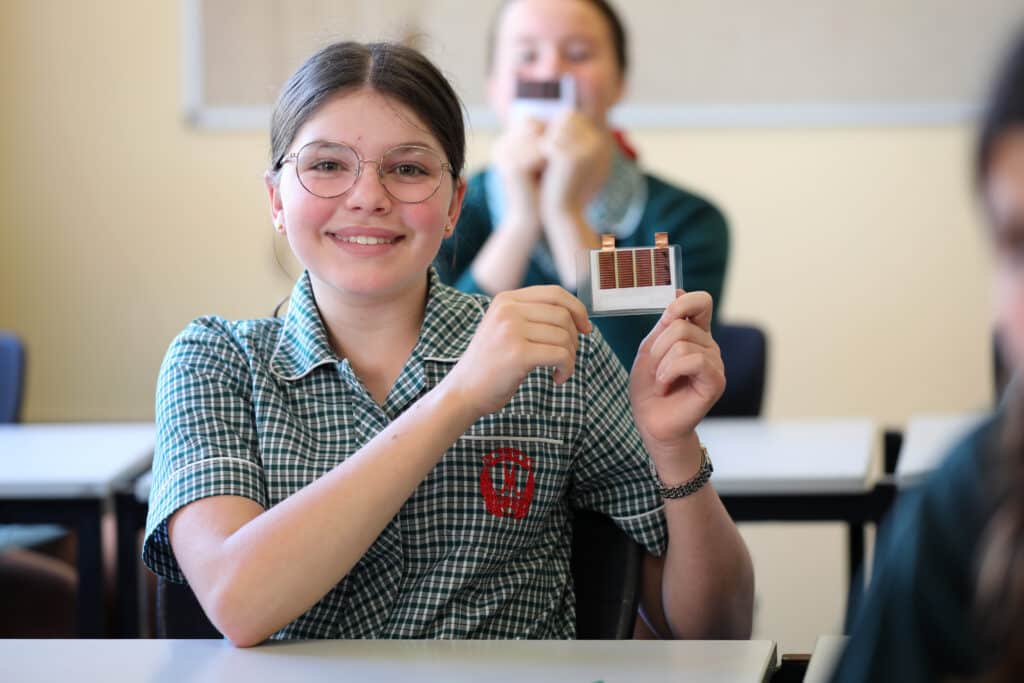
Solar Cell Making
Students enjoyed a workshop where they learned how to make solar panels using materials being developed for a new form of solar technology. This technology enables the panels to be printed on super thin sheets so they can be rolled up and rolled out over curved surfaces.
The girls were given a piece of plastic and turned it into a solar cell. Once fabricated, students tested their cells and learned more about solar energy.
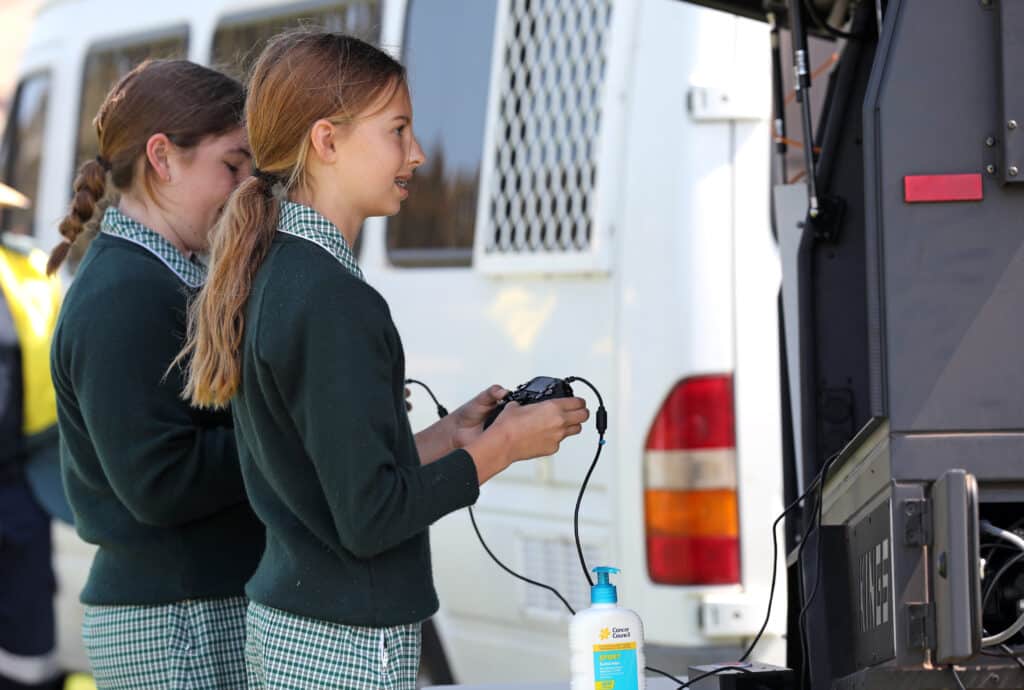
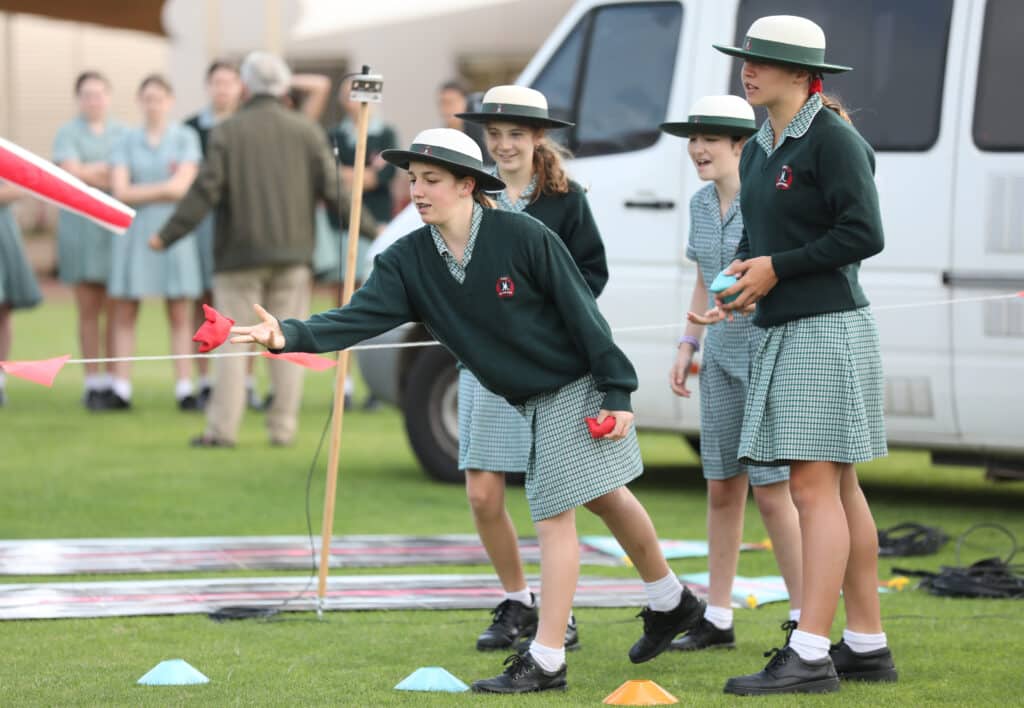
Electric Car Race
Students also took on the challenge of racing an electric car and overcoming the challenges to beat their classmates! The girls worked with one another to answer questions, and complete physical activities to keep their car moving.
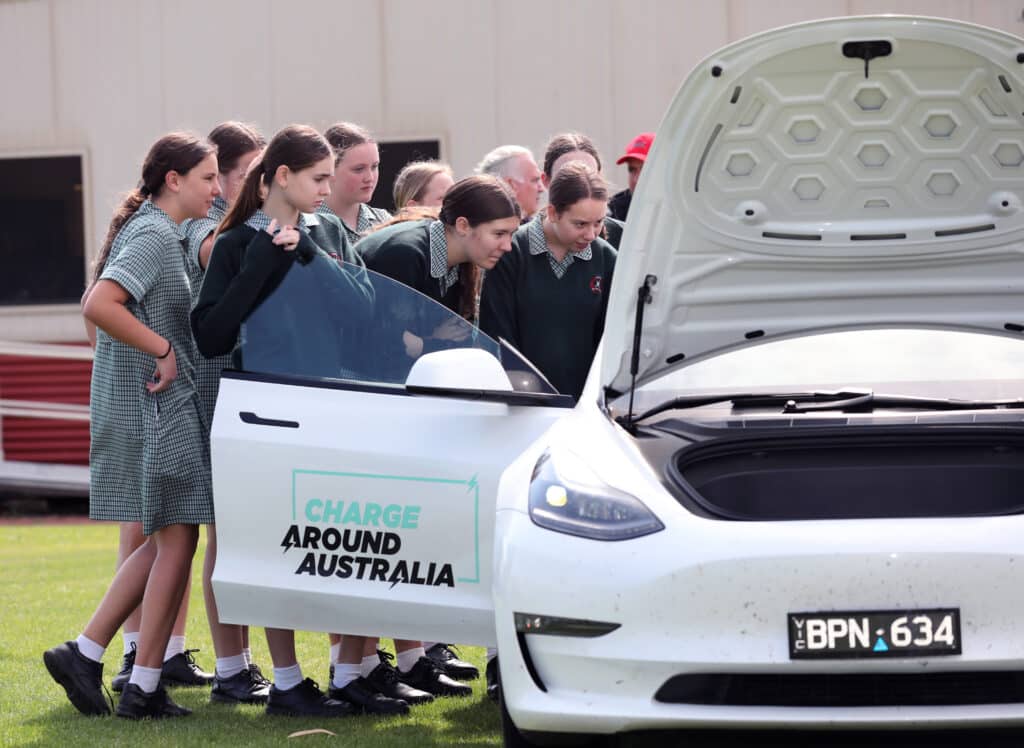
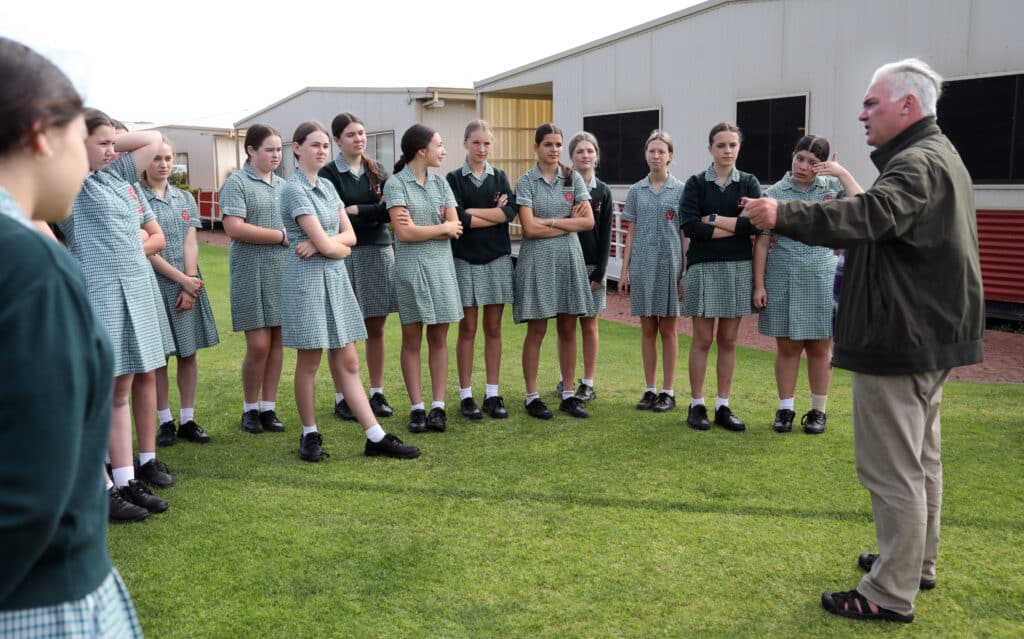
Charge Around Australia Driver Talk
Charge Around Australia Director and Tesla driver Stuart McBain shared his passion for solar energy, giving an engaging talk to students about the journey around Australia. He walked the girls through the solar charging setup process and showed them the ins and outs, literally, of a Tesla, even how it can do a light show accompanied by a little dance!
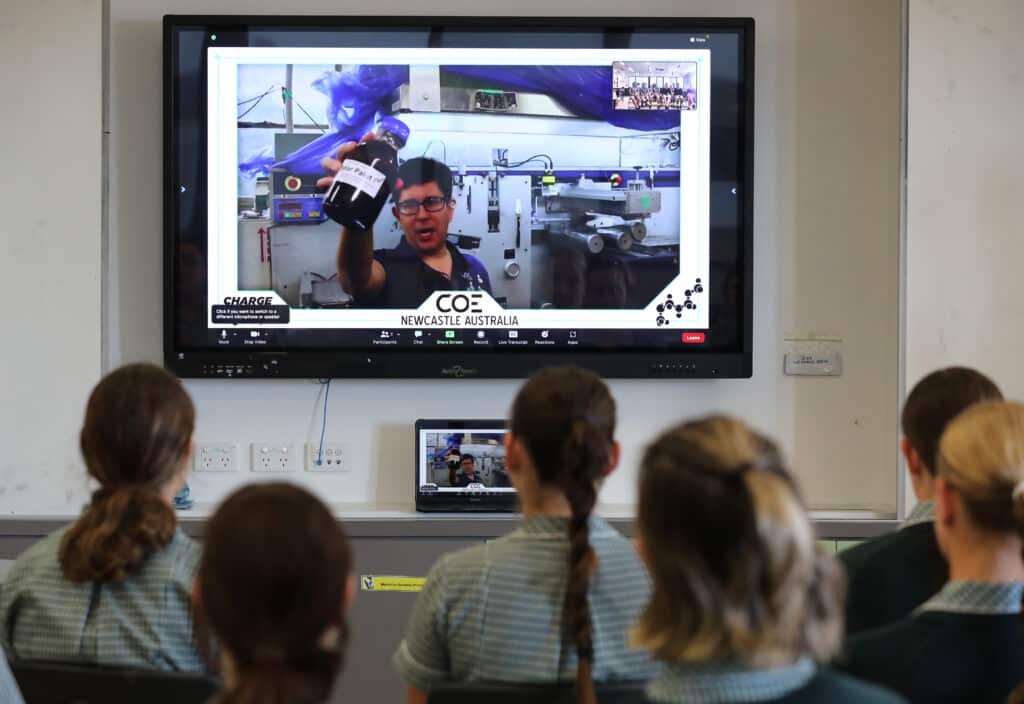
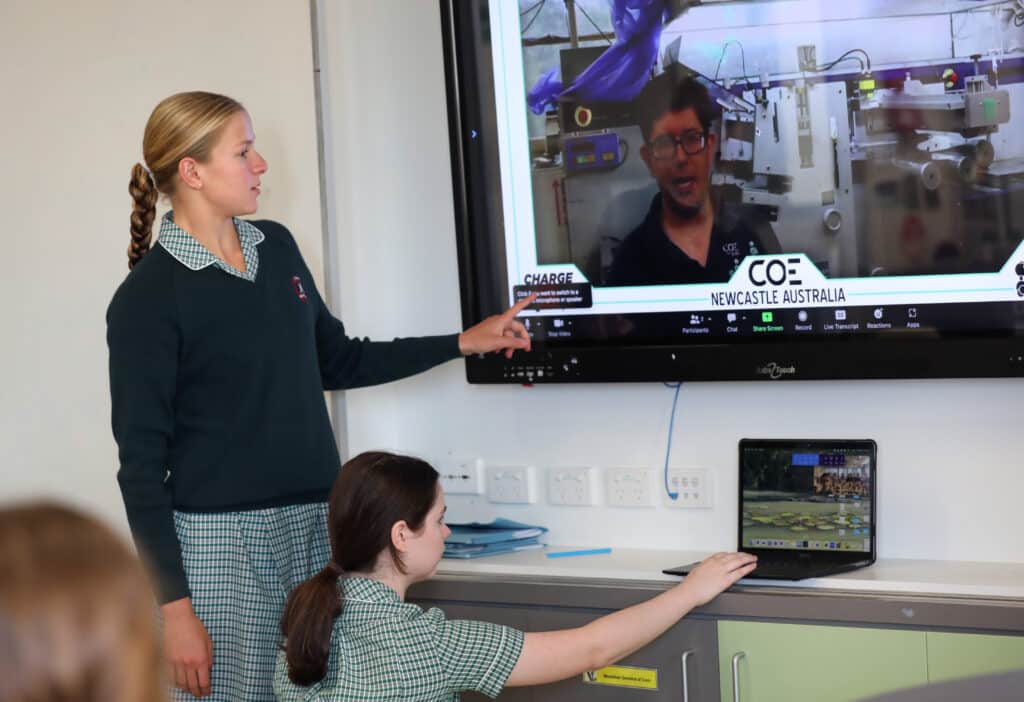
Live Cross to the Centre for Organic Electronics (COE) at the University of Newcastle
Our Year 10 BrainSTEM students viewed a presentation via Zoom that took them into the research laboratories of COE. The scientists gave a live talk from inside one of the labs, showing the girls how printed solar cells are made, what kind of work scientists perform, and how students could work in a STEM field when they leave school.
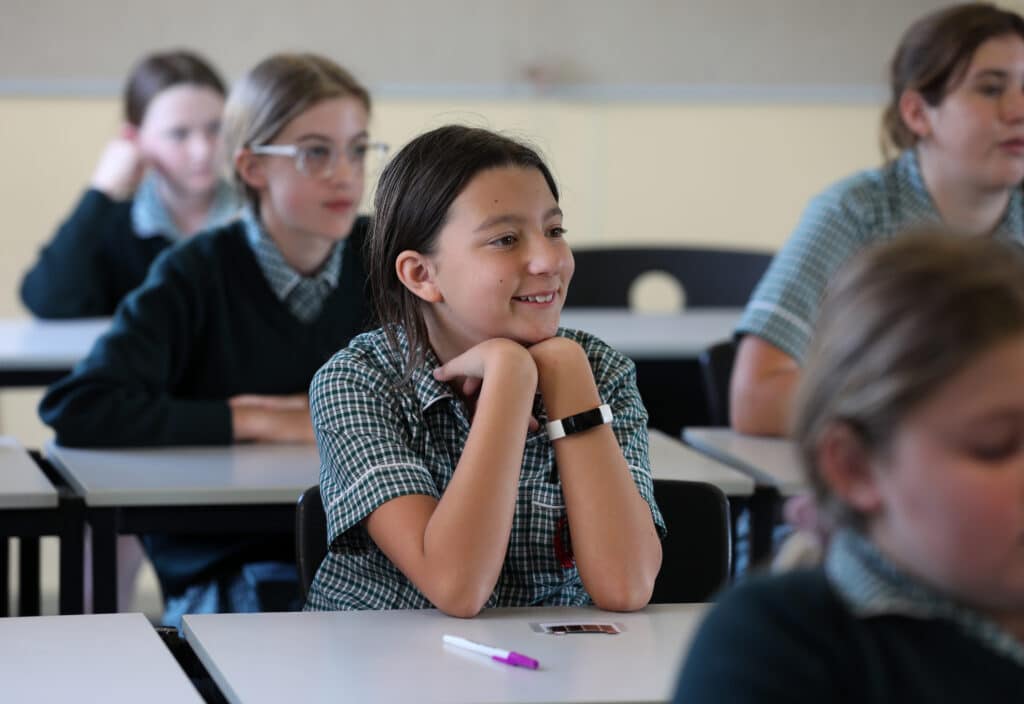
BrainSTEM Coordinator Joanne Priest organised this amazing opportunity for the College.
“Data is being collected the whole time during Tesla’s journey to road test this new solar technology. They are looking at things like how well it copes daily with rolling up and rolling out, how it tolerates dust and humidity, and a bit of tossing about by the wind! All of this information is being fed back to the scientists in the lab at Newcastle University to refine these solar cells further to reach their goal for them to be economically viable in the solar market.” Jo Priest explained.
A huge thank you to the whole team from Charge Around Australia for their dedication to this project, their enthusiasm for working with our students and their passion to make a difference in the renewable energy space.
We hope that this experience encourages our students to consider a career in STEM and continue thinking about ways to tackle climate change and the global energy crisis.

Combating The Attention Span Crisis In Our Students – Jennifer Oaten
It is no secret that attention spans have been steadily declining, especially among younger generations growing up immersed in digital technology. The average person’s attention span when using a digital device has plummeted from around two and a half minutes back in 2004 to just 47 seconds on average today – a dramatic 66% decrease over the past two decades.

Weekly Wrap Up: Term 2, Week 2, 2024
Week 2 has come to an end! This Weekly Wrap Up features highlights from Scuba Diving Club, the Sisterhood Series, and Boarding ANZAC Service.
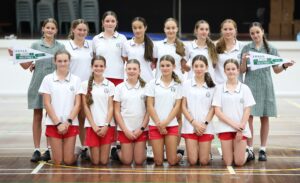
Santa Maria Teams Shine in Term 1 Sports
Santa Maria had a huge number of girls in the IGSSA AFL and Volleyball competition with strong results for a number of teams.
- ConnectingLearning2Life, Curiosity, Featured, Learning4Life, ProblemSolving
Author: Santa Maria College
Santa Maria College is a vibrant girls school with a growing local presence and reputation. Our Mission is to educate young Mercy women who act with courage and compassion to enrich our world. Santa Maria College is located in Attadale in Western Australia, 16 km from the Perth CBD. We offer a Catholic education for girls in Years 5 – 12 and have 1300 students, including 152 boarders.




